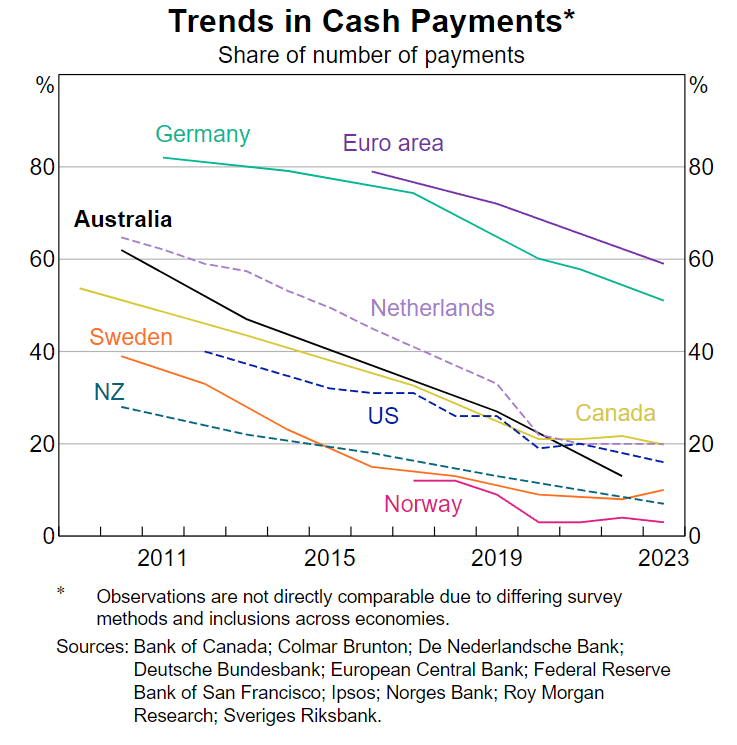The Bank for International Settlements (BIS) and the central banks of France, Singapore, and Switzerland concluded a joint test of the cross-border trading and settlement of central bank digital currencies (CBDCs) for wholesale transactions. The Banque de France released a report on September 28.
The so-called Project Mariana was conceived by the Banque de France, the Monetary Authority of Singapore, and the Swiss National Bank under the supervision of the BIS.
CBDCs enable cross-border payments in real time
Project Mariana has examined the cross-border trading and settlement of notional euro, Singapore dollar, and Swiss franc CBDCs among simulated financial institutions using decentralized finance (DeFi) technology concepts on a public blockchain.
According to an accompanying press release, the initiative relied on a common token standard on a public blockchain that facilitates interoperability and seamless exchange of wCBDC across diverse local payment and settlement systems maintained by participant central banks.
With an increasing number of nations, including those in Europe and Asia, considering the issuance of wholesale CBDCs – which enables the settlement of interbank transactions – Project Mariana wanted to examine how foreign and exchange settlement might function in a world where central banks have issued a CBDC.
Banque de France stated in June that wholesale CBDCs would facilitate an improvement in international payments.
Project Mariana pioneers the use of novel technology for interbank foreign exchange markets. It successfully demonstrated that it is feasible to exchange wholesale CBDCs across borders using novel concepts such as automated market makers (AMM).
Cecilia Skingsley, Head of the BIS Innovation Hub
AMMs are autonomous trading mechanisms, which in this experiment functioned similarly to a decentralized exchange.
According to the release, the experiment was deemed a triumph by the participants, but further research and experimentation are required. In addition, it expresses concern regarding the experimental character of Project Mariana, stating:
The project even used smart contacts to enable central banks to manage their wCBDC without the need to directly operate or control the underlying platform […] DeFi (decentralized finance) elements tested in the project, specifically automated market makers, could form the basis for a new generation of financial market infrastructures.
Project Mariana Press Release
The future of digital assets in the global economy
The BIS continues to be the primary proponent of cross-border CBDCs, with several pilot experiments being conducted worldwide. Thus, in September, the central banks of Hong Kong and Israel disclosed the results of their Project Sela.
Per the reports, the CEO of the Hong Kong Monetary Authority, Eddie Yue, announced the expansion of Project mBridge, which already included the central banks of China, Thailand, and the United Arab Emirates.
The day prior to the public publication of Project Mariana, Agustin Carstens, general manager of the BIS, spoke about the need to clarify the national legal frameworks in countries where central banks lack the authority to issue CBDC.
As reported by Cryptopolitan, Carstens drew attention to the declining use of cash and the rising demand for alternative forms of currency. According to his speech, users increasingly pursue innovative monetary options that enable them to transact “across borders quickly, cheaply, and safely.”
For countries creating CBDC laws, Carstens listed three key factors. Countries must protect CBDC users’ privacy and data, sustain the financial system, and allow them to choose between CBDCs and other currencies.
Carstens observed that the use of cash and adoption of digital payments vary from country to country and that a retail CBDC is likely to coexist with cash and commercial bank money: “A central bank that introduces a CBDC should increase the choices for society, not diminish them.”





